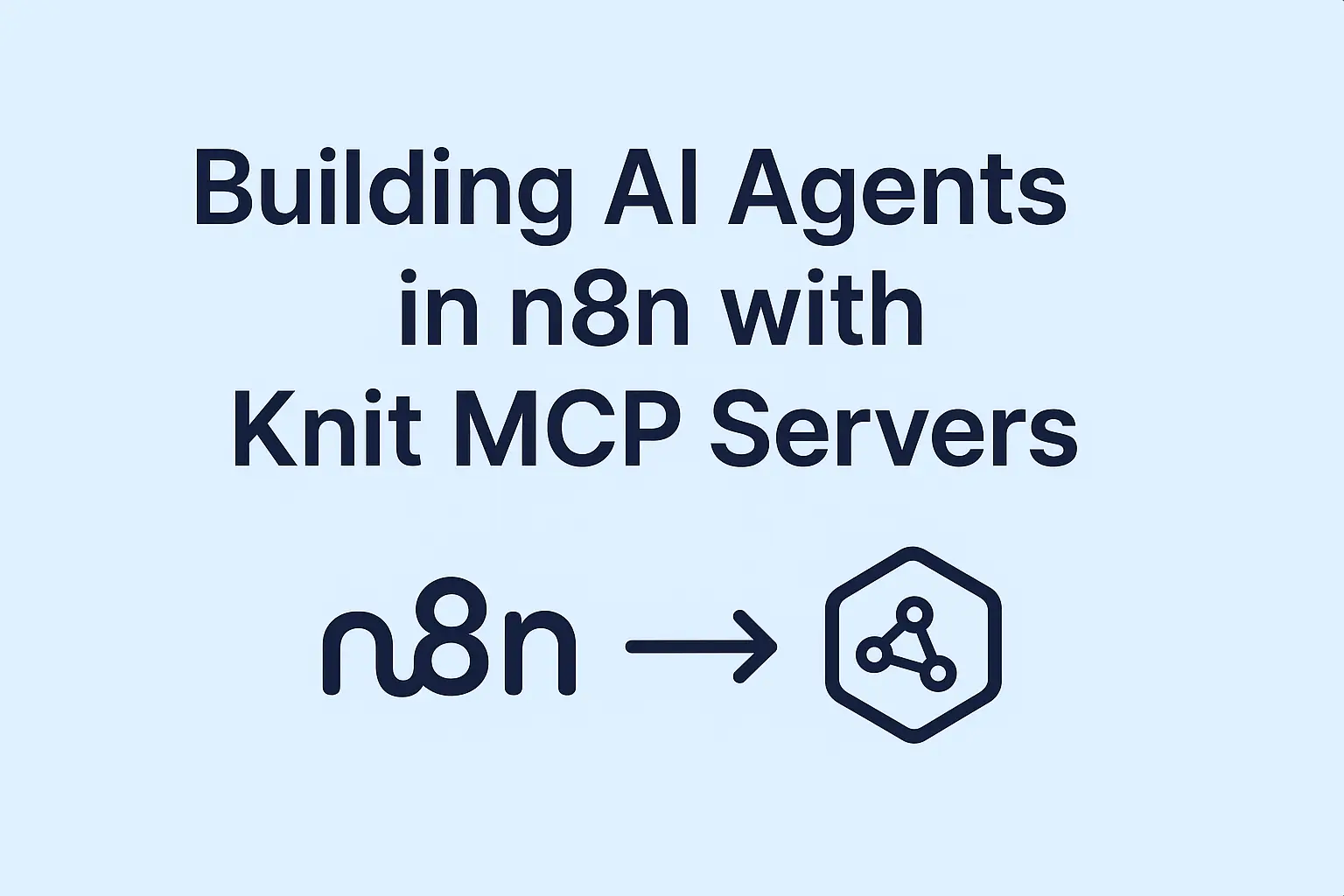Note: This is a part of our API Security series where we solve common developer queries in detail with how-to guides, common examples, code snippets and a ready to use security checklist. Feel free to check other articles on topics such as authentication methods, rate limiting, API monitoring and more.
Below are some common API security FAQs that serve as a valuable resource for understanding, implementing, and maintaining the robust security measures necessary to protect your APIs and the valuable data they handle -
1. How to handle when a token expires – generate and store new?
When an authentication token used with your API expires, the best practice is to generate a new token and update it in your application's authentication system.
This process often involves sending a request to the authentication server, such as an OAuth 2.0 token endpoint, with necessary credentials to obtain a fresh token.
The new token should then be securely stored and used for subsequent API requests. Make sure to handle token expiration gracefully in your application code by checking the token's expiration time and obtaining a new one before it expires to avoid disruptions in API access.
2. How often should I perform security audits and testing for my APIs?
Regular security audits and testing are crucial for maintaining API security. The frequency depends on various factors, including your organization's risk tolerance, regulatory requirements, and the rate of change in your API ecosystem.
However, as a general guideline:
- Perform security audits during the initial API design phase.
- Conduct security testing during the development and integration stages.
- Schedule regular security assessments, such as vulnerability scans and penetration tests, at least annually or whenever significant changes occur.
- Additionally, consider conducting security audits and testing in response to emerging threats or high-profile security incidents.
3. What should I do in case of a security breach involving my API?
In the unfortunate event of a security breach involving your API:
- Contain the breach: Isolate affected systems or resources to prevent further damage.
- Notify relevant parties: Inform your internal security team, management, and legal counsel.
- Assess the scope: Determine the extent of the breach, what data may have been compromised, and how the breach occurred.
- Mitigate the issue: Address the security vulnerability or weakness that led to the breach. Patch any vulnerabilities and secure access points.
- Notify affected parties: Depending on data protection laws and regulations, you may need to notify affected customers or users about the breach.
- Enhance security: Review and strengthen your API security measures to prevent future breaches. Update security policies and train your team on security best practices.
- Cooperate with authorities: If required by law, cooperate with law enforcement agencies or data protection authorities during investigations.
- Communicate ethically: Maintain clear and transparent communication with stakeholders, including affected parties, throughout the incident response process.
Remember, having a well-documented incident response plan in place beforehand can greatly streamline your actions in case of a security breach involving your API.
4. How can I monitor and log API activity for security purposes?
Monitoring and logging API activity is essential for security. To achieve this, consider implementing the following:
- Utilize logging libraries: Use logging libraries or frameworks in your application code to record API interactions, including request details, response data, timestamps, and client information.
- Leverage API gateways: API gateways often provide built-in logging and monitoring features. They can capture data like request/response payloads, error codes, and client IPs.
- Utilize third-party tools: Explore security information and event management (SIEM) solutions, log analysis tools, or dedicated API monitoring services to centralize and analyze API logs.
- Set up alerts: Configure alerts and notifications based on predefined security thresholds, such as unusual request patterns, high error rates, or suspicious activities, to take immediate action when necessary.
For example – Knit has a dedicated Logs and Issues page where status each API call and webhook for all your integrated accounts is available for a quick review on a single page. Moreover, Knit continuously monitors all integrations and sends you automated alerts whenever a security threshold is reached.





.webp)




